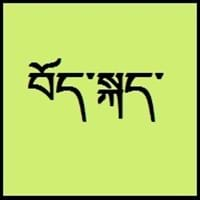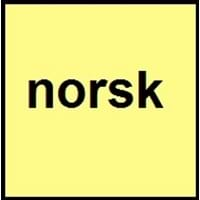Tibetan vs Norwegian
- Tibetan dialects vary alot, so it's difficult for tibetans to understand each other if they are not from same area.
- Tibetan is tonal with six tones in all: short low, long low, high falling, low falling, short high, long high.
- Bergen is one of the Norwegian dialect which has only two genders: common and neuter.
- Since Norwegian language uses pitch accents, it has musical quality and are sometimes employed to distinguish the meanings of homonyms.
Tibetan and Norwegian Language History
Comparison of Tibetan vs Norwegian language history gives us differences between origin of Tibetan and Norwegian language. History of Tibetan language states that this language originated in c. 650 whereas history of Norwegian language states that this language originated in c. 1300 AD. Family of the language also forms a part of history of that language. More on language families of these languages can be found out on Tibetan and Norwegian Language History.
Tibetan and Norwegian Greetings
People around the world use different languages to interact with each other. Even if we cannot communicate fluently in any language, it will always be beneficial to know about some of the common greetings or phrases from that language. This is where Tibetan and Norwegian greetings helps you to understand basic phrases in Tibetan and Norwegian language. Tibetan word for "Hello" is བཀྲ་ཤིས་བདེ་ལེགས། (tashi delek) or Norwegian word for "Thank You" is takk. Find more of such common Tibetan Greetings and Norwegian Greetings. These greetings will help you to be more confident when conversing with natives that speak these languages.
Tibetan vs Norwegian Difficulty
The Tibetan vs Norwegian difficulty level basically depends on the number of Tibetan Alphabets and Norwegian Alphabets. Also the number of vowels and consonants in the language plays an important role in deciding the difficulty level of that language. The important points to be considered when we compare Tibetan and Norwegian are the origin, speaking countries, language family, different greetings, speaking population of these languages. Want to know in Tibetan and Norwegian, which language is harder to learn? Time required to learn Tibetan is 24 weeks while to learn Norwegian time required is 24 weeks.





